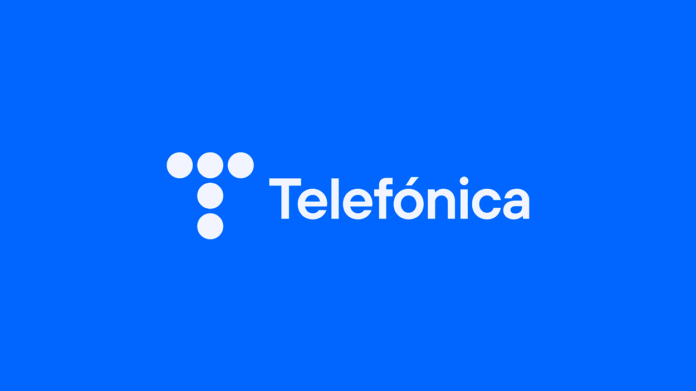The lab test was carried out at 5TONIC, a Madrid-based open research and innovation laboratory founded by Telefónica and IMDEA Networks
Spanish operator Telefónica and Ericsson have demonstrated end-to-end, automated network slicing in 5G Standalone, the telco said in a release.
Telefonica said that the proof-of-concept showed end-to-end orchestration for full slicing life cycle support and radio resources partitioning.
The lab test was carried out at 5TONIC, a Madrid-based open research and innovation laboratory focused on 5G technologies, which was founded by Telefónica and IMDEA Networks.
The proof-of-concept covered different use cases including 360-degree video production in motion, in collaboration with technology start-up YBVR; remote control of an automated guided vehicle (AGV); and gesture recognition in collaboration with Spanish SME Fivecomm.
The network slicing for enterprise demo was carried out on Android 12 and 13 Beta-powered smartphone devices. Telefónica says that the demo proved that the onboarding of a network slice, from core to radio, may be configured and deployed in less than 35 minutes due to the solution’s automation capabilities. All the use cases executed needed a specific and complex service configuration, so full automation is a key success factor to turn network slicing concept into a reality and accelerate time to market, Telefonica said.
User experience and end-to-end capabilities were validated with the participation and collaboration of Google, smartphone manufacturers (Google Pixel, Samsung, TCL, and Xiaomi) and chipset vendors (MediaTek, Qualcomm Technologies Inc. and Samsung LSI), the carrier added.
The Spanish operator noted that the most relevant capabilities of network slicing technology that were validated include:
-Automation in the provision and life cycle management of end-to-end network slices.
-Network slicing service assurance.
-Definition of different scenarios for the traffic prioritization in a network slice, such as Radio Resource Partitioning (RRP) that enables the sharing of radio resources between use cases with different service requirements.
-Simultaneous access of a handset to different network slices, having the possibility to select the traffic sent to the different network slices.
Telefonica also said it aims to accelerate the network slicing capabilities across its networks as well as in the industry. Through its program called LIME, Telefonica is collaborating with Ericsson to further develop network slicing as a technology that will bring to life a variety of new 5G applications and services
Telefonica, Ericsson and Google have also agreed to share their findings with the GSMA and the industry to accelerate the standardization of network slicing and its mass adoption.
“Ericsson has achieved a key milestone by demonstrating fully-automated deployment of end-to-end network slices (from RAN to Core) in cooperation with Telefónica, at 5TONIC lab. The deployed network slices will secure dedicated resources in the radio access network as well as in the Core for satisfying specific needs of selected use cases, enabling that Telefónica meets new customer demands on a zero-touch operation. Network Slicing is key to accommodating new use cases leveraging 5G, with the promise to provide new capabilities to a variety of users and enterprises with minimal or no manual intervention,” said Jorge Navais, global account manager at Telefónica.
Telefonica’s 5G network currently covers 82% of the Spanish population. The operator said its 5G network provides coverage to 38 million people in 1,431 towns and cities across Spain.

